Tuguegarao City- Broadcasters went on a crash course to better understand weather terminologies and codes,and properly disseminate weather news via easy to understand, non-technical, non-scientific, and detailed mode of reporting. Dubbed “Responsible Weather Reporting” said event held in this city was the Luzon leg of the three-part nationwide seminar-workshop spearheaded by the Department of Science and Technology’s information arm, the ), in partnership with DOST- Philippine Atmospheric, Geophysical, and Astronomical Services Administration (PAGASA) and in cooperation with the Kapisanan ng mga Broadkaster ng Pilipinas (KBP).
During the seminar-workshop, DOST-PAGASA gave a timely lecture on prevailing weather disturbances as the country is already in the so-called “wet season” which is experienced from the month of May to October. This season brings in heavy rainfall with an average of 5,000 millimeters (196.9 inches).
“There is no such thing as ‘summer’ in the Philippines,” statedSharon Arruejo, Sr. Weather Specialist of DOST-PAGASA, which surprised most workshop participants.
“We have only two seasons, the dry and wet seasons which happen in January to March, and April to December, respectively,” she explained.
Arruejo briefed broadcasters on various weather conditions and terminologies used in weather reporting such as inter-tropical convergence zone, monsoon rains, hale storm, microburst, tropical cyclone, and thunderstorm, among others.Such knowledge gained by participants is expected to help them effectively prepare and deliver weather news that is easily understood by the public.
DOST-STII Chief Science Research Specialist Aristotle Carandang explained the need for broadcasters to understand very well the complex weather conditions so as not to become alarmist during inclement weather. He added that the media are the partners of the government and disaster response units in raising public awareness on the different types of hazards and their potential impact on communities. Thus they should know the facts and deliver the right information since lives depend on what they say on air, he said.
“The media has the responsibility to ensure that the dialogue it builds with the public can lead to a better understanding of the dangers and impact of the hazards so the public can be equipped with the proper information and can prepare accordingly,” he added.
He noted that the issue was more than translating news from English to Pilipino, in order to enable the public to make important decisions.
“Laymanizing does not mean translating from English to the vernacular. For example, the term ‘storm surge ‘ may be explained as is without translating it to ‘daluyong’” What people expect is information that will empower them in making decisions in times of disasters,” Carandang explained.
The next leg of the seminar-workshop is in Cebu during the Visayas Cluster Fair in October and in Davao City in November.(S&T Media Service, DOSt-STII)
Written by: Administrator
Wednesday, 10 September 2014 23:52

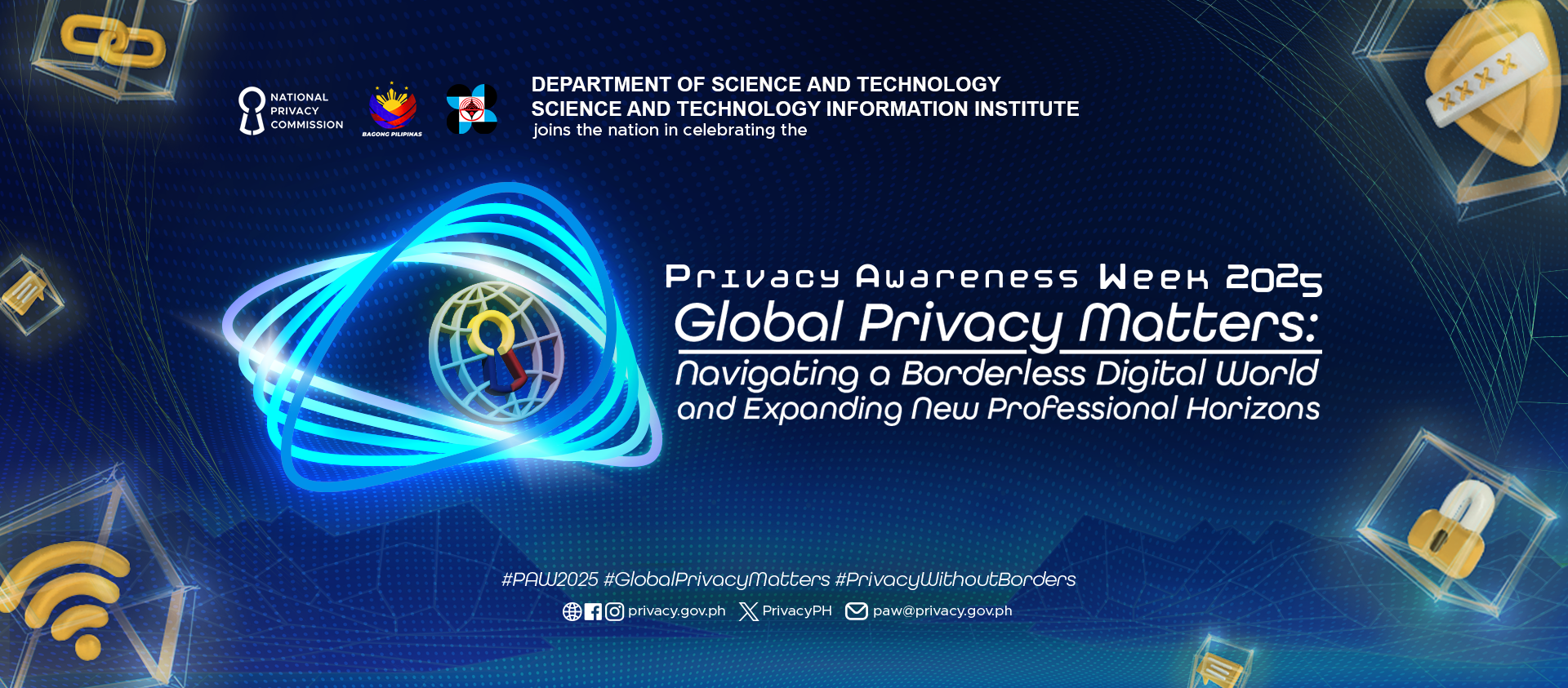
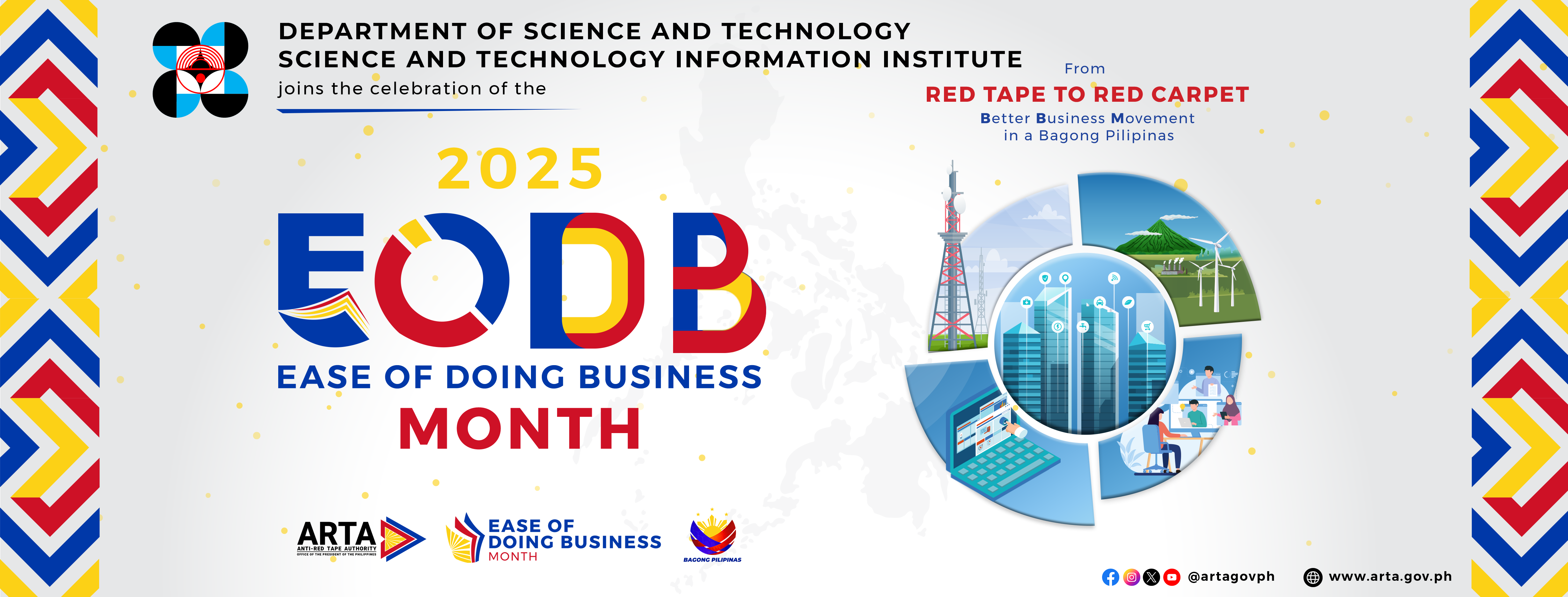
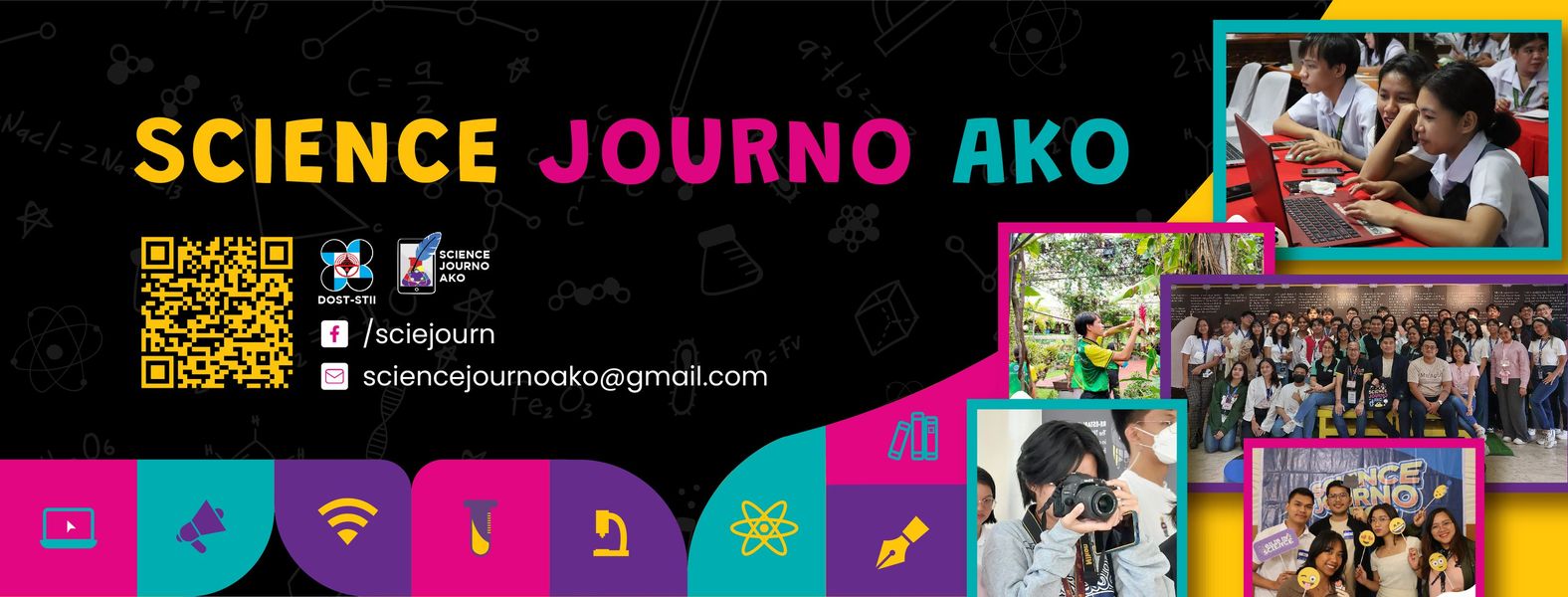
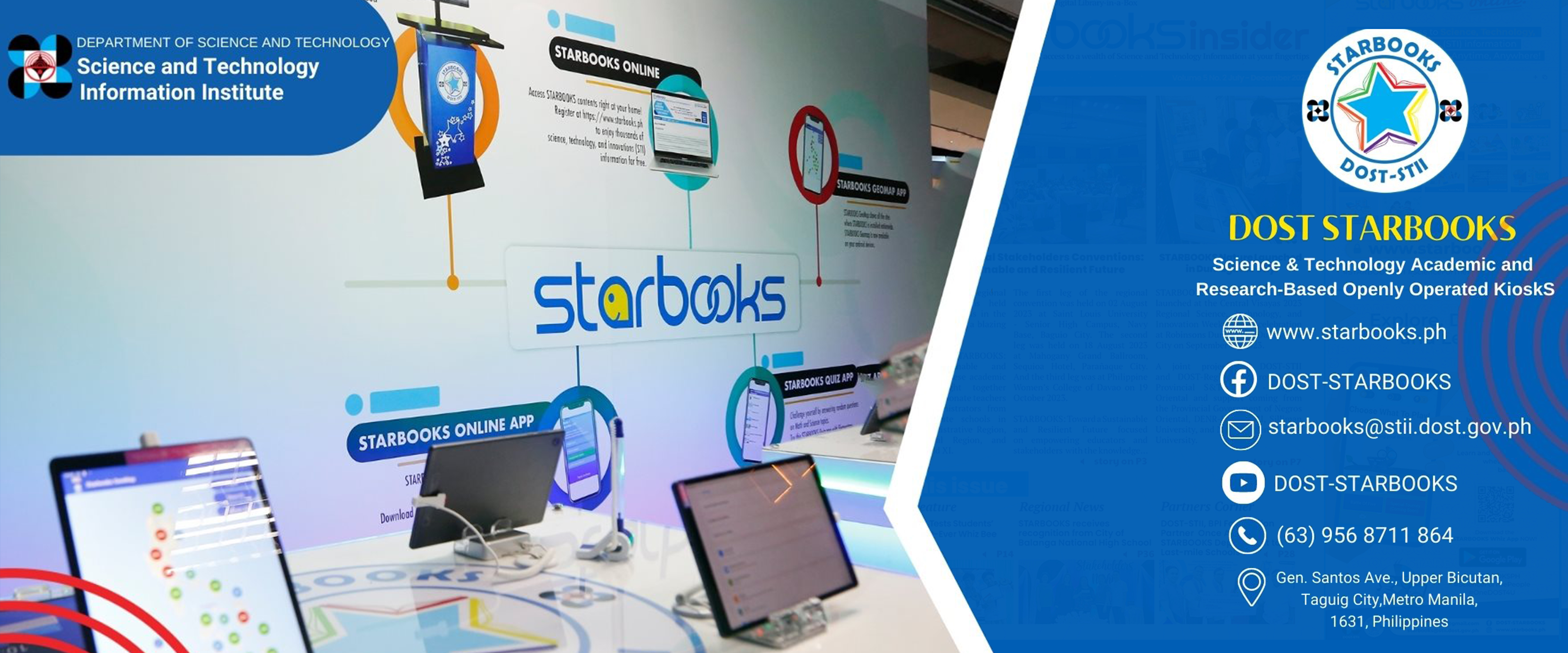
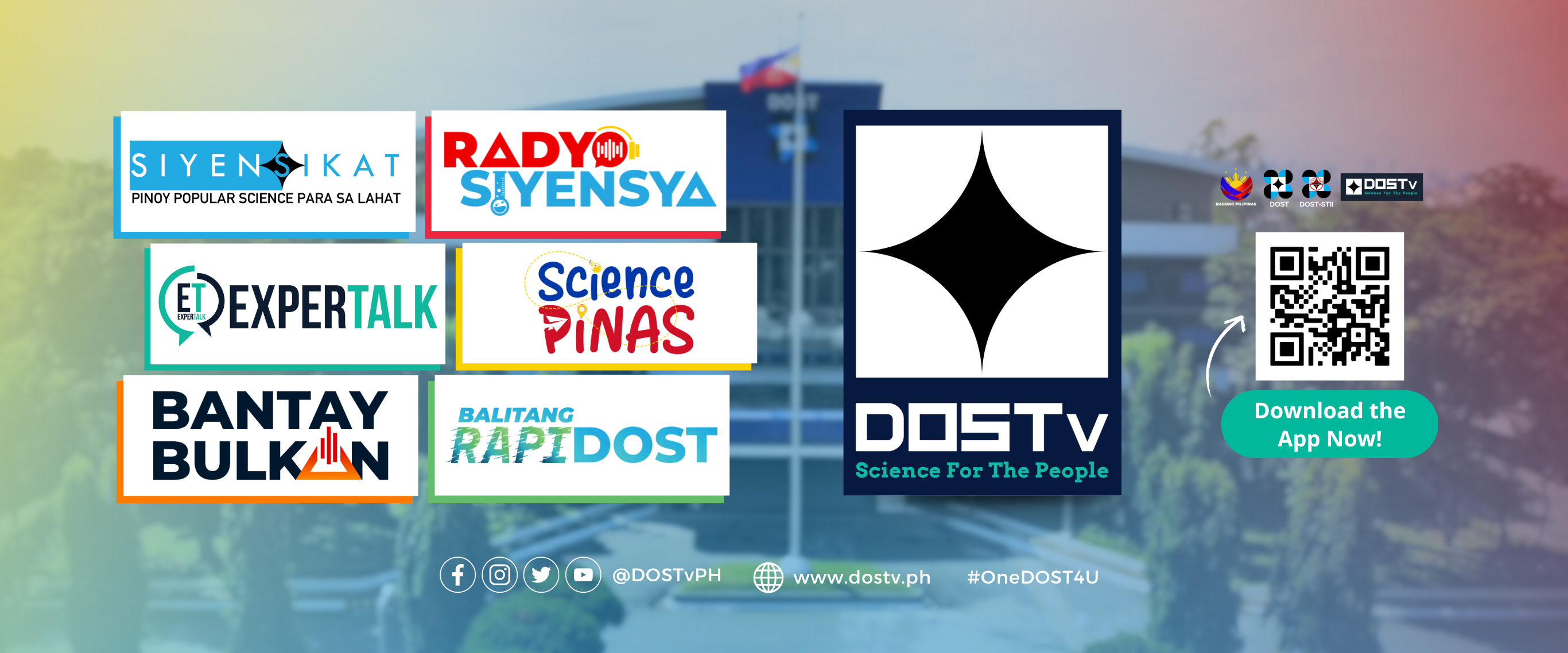

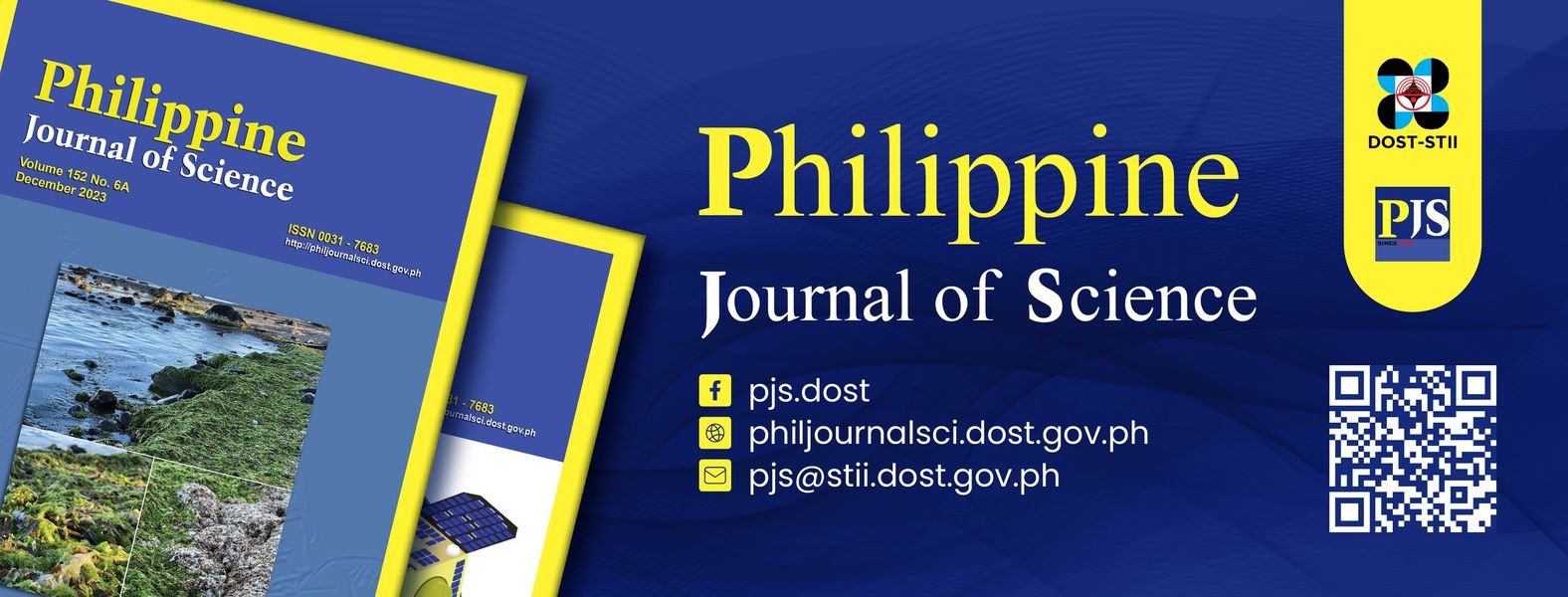




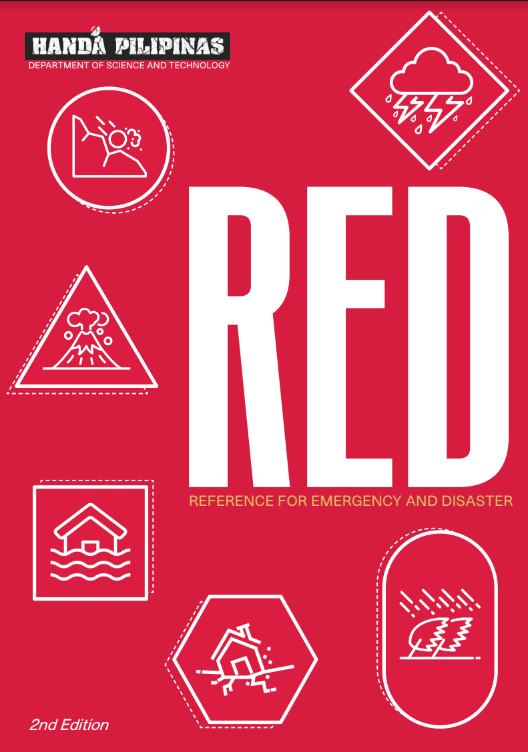





 21 in 2021 Technology Catalogue
21 in 2021 Technology Catalogue 21 in 2021 Technology Catalogue
21 in 2021 Technology Catalogue DOST Innovations - Web and Mobile Applications for Disaster Risk Reduction and Management
DOST Innovations - Web and Mobile Applications for Disaster Risk Reduction and Management